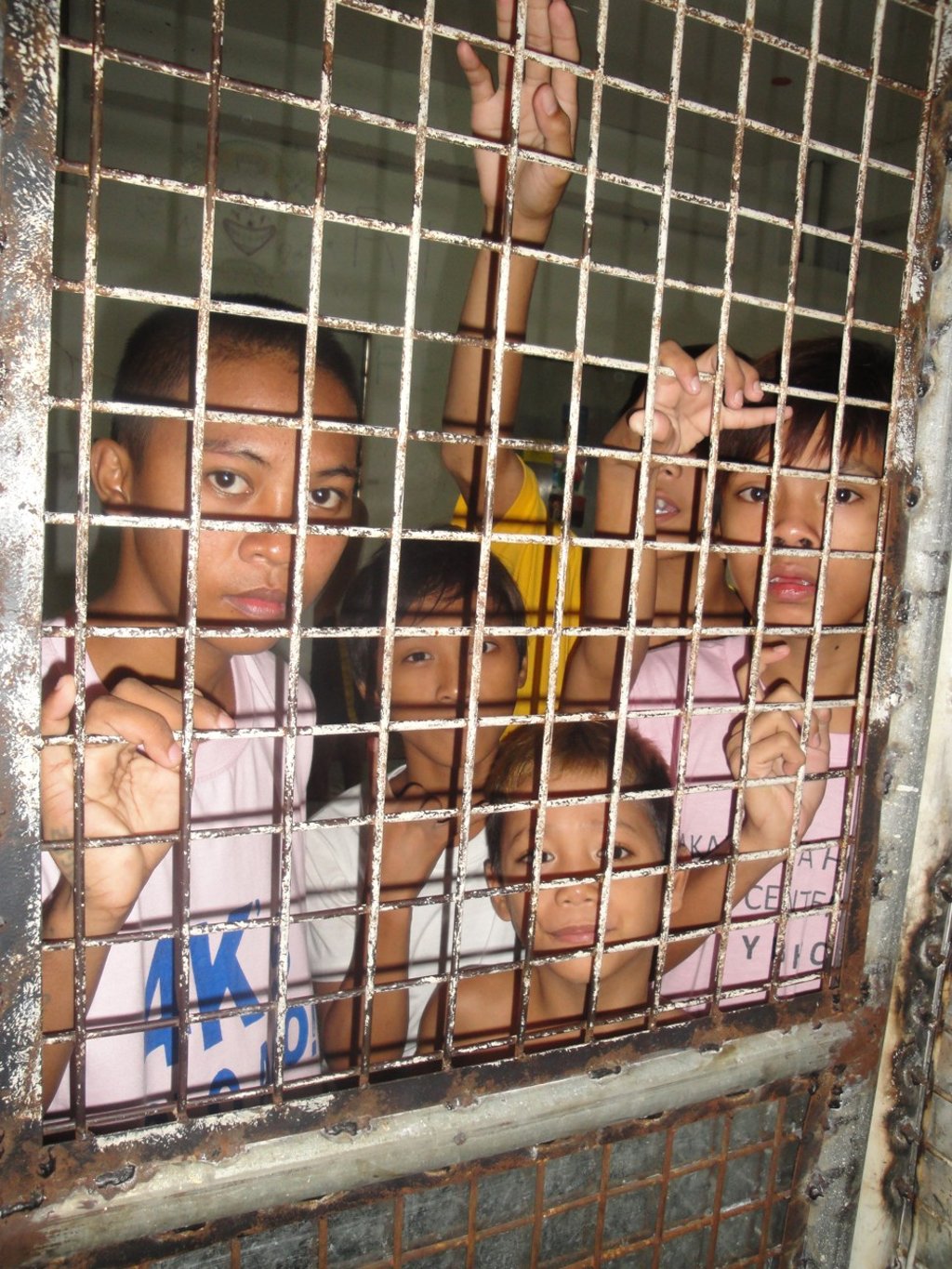Children in prison: Philippines’ rundown Houses of Hope detain kids in appalling conditions
- Thousands of vulnerable children are behind bars for petty crimes or because they have been abandoned by their parents
- A law change to reduce the age of criminal responsibility to 12 is imminent, and has been labelled an ‘act of violence against children’ by the United Nations

The Bahay Pag-Asa in Pasay, Metro Manila, is supposed to uphold the lofty goals of the Philippines’ juvenile justice and welfare system. Its name means “House of Hope”, and it should be rehabilitating juvenile offenders and providing care for children who have nowhere else to go.
But House of Hope is a grotesque misnomer. In reality, the dilapidated facility is a prison for children, often arbitrarily arrested, who are incarcerated in appalling conditions for months, or even years, at a time.
Tucked away behind the Pasay City Hall adjacent to a primitive adult jail, the House of Hope is emblematic of the Philippines’ broken law enforcement, juvenile justice and child welfare systems. It also hints at the grim fate awaiting thousands of Philippine children with the passage by the country’s senate, expected imminently, of a law that lowers the age of criminal responsibility from 15 to 12.
Within the walls of the House of Hope, also known as the Pasay City Youth Home, are 46 boys and girls aged between 12 and 17. One of the three girls – a 15-year-old – is pregnant. One of the boys, arrested at 13 for drug use, has been waiting for more than a year for the legal system to process his case.

The home’s 43 boys are locked up in three cells behind barred doors and double window grilles. The biggest cell measures six by four metres; a single toilet and a barrel of water are the only concessions to sanitation. A clapped-out electric fan rattles under a flickering neon light (there is power today. The concrete cell is hot, airless, and dingy.